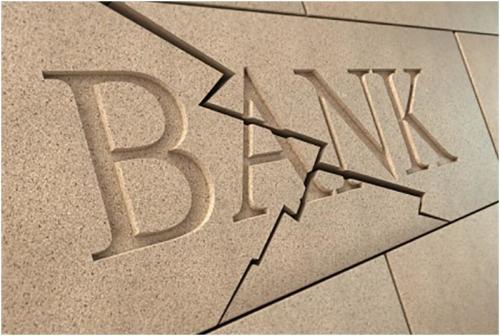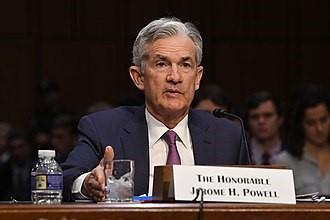
So how did this happen? While there will be much more investigation and commentary, what we know right now is that it appears that there were three main factors that contributed to the bank’s collapse:
- The bank’s niche was venture capital companies and entrepreneurs, including many in the technology industry. The last year and a half has been a brutal time for those businesses, with valuations dropping dramatically because of higher interest rates and slower growth projections. Hard times required them to draw on bank assets more heavily then in the past.
- The bank’s assets, including government bonds and mortgages, lost value when interest rates rose rapidly.
- The bank’s depositors, who were getting low interest rates on deposits, began to withdraw their funds and invest elsewhere into other alternatives that pay higher interest rates.
This hearkens back to the Savings and Loan Crisis of the late 1980s and early 1990s. High inflation caused the Fed to raise interest rates, which led to bond prices declining, which led to a liquidity crisis when depositors tried to access their funds. Eventually, Congress had to step in with new regulatory measures and cash to save the system.

The “eventually” in this story came last night when the Federal Reserve (The Fed), the Treasury Department, and The Federal Deposit Insurance Corporation (FDIC) released a statement saying they would provide a backstop for depositors to make sure they would be able to liquidate their money. That backstop is comprised of low interest loans to banks for the difference between their current bond values and the values they would receive at maturity (the loss in value caused by interest rate hikes) and FDIC insurance. FDIC insurance protects savers for deposits of up to $250,000. In the case of Silicon Valley Bank, it has been reported that roughly 97% of depositors had more than $250,000 on deposit, which would not have been protected. With this announcement, it appears that the government is willing to increase the limit of protection to avoid further economic fallout.
The FDIC was originally set up following the Great Depression to provide savers with confidence that their money would be secure even if their bank fails, up to certain limits. Prior to that, it was common to have a “run on the bank” where people would line up and try and get all their money out of the bank before it collapsed. This caused low levels of trust among depositors and high bank failure rates.
What should you do? While it is yet to be seen how these events will impact FDIC limits going forward, if you maintain more than the current FDIC limit ($250,000 per person, per bank) in a bank account, you should consider diversifying those assets among different institutions. It is also a good time to review what interest rate you are receiving on those deposits, as there may be better choices.
At Milestone, we offer a broad range of options, from brokered CD’s, US Treasury bills, notes, and bonds, government money market funds, and fixed annuities, which are guaranteed by insurance companies. While bank accounts have FDIC insurance, many investment accounts, including those through National Financial Services (NFS), are protected through the Securities Investor Protection Corporation (SIPC). SIPC is protection for brokerage firms and protects covered securities in the event of a firm failure. SIPC doesn’t guarantee or protect the value of your investments; instead in ensures that shares you own could be transferred to another firm in the event of a failure. In addition to SIPC protection, NFS provides additional “excess of SIPC” coverage. Total aggregate excess of SIPC coverage available through NFS is $1 billion. This is the maximum excess of SIPC protection currently available in the brokerage industry.
What does this mean for investments? As we are writing this, both bonds and stocks are rising on the expectation that this ultimately means the Federal Reserve is likely to slow or stop the raising of interest rates. The Fed wants to maintain low inflation, high employment, and financial stability. A cascade of banking failures would result in a tremendous amount of financial instability. Markets are expecting that the Fed will prioritize financial stability and back off raising rates as we continue to see signs that inflation is coming down albeit slower than they might like.
If you have any questions or would like to review your cash situation, please feel welcome to call our office!